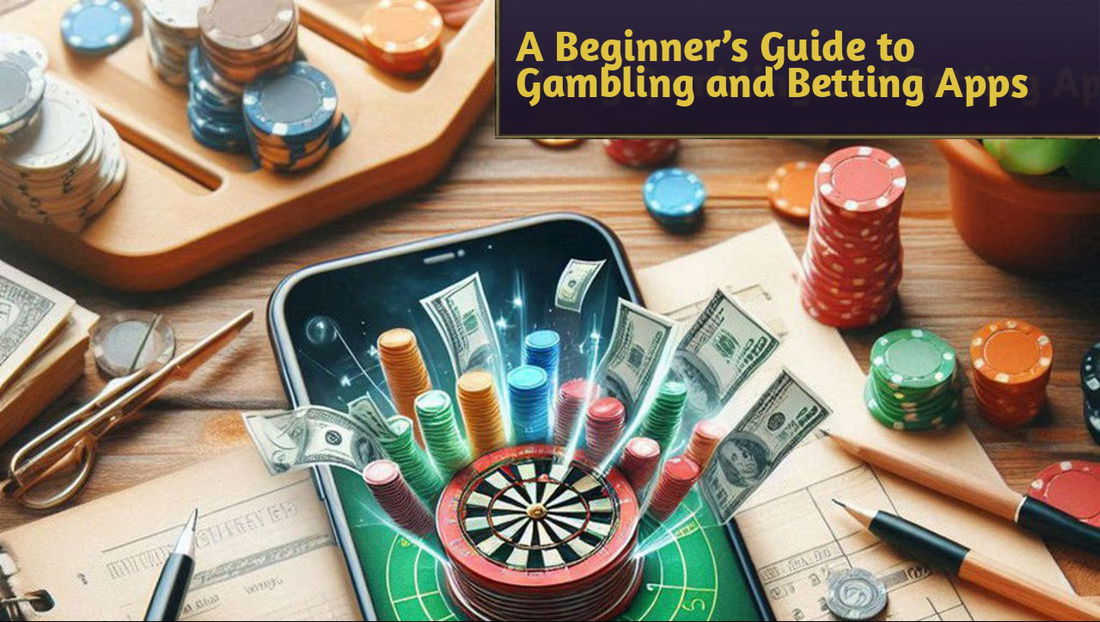Trading card games were one of the hottest gaming fads of the 1990s and early 2000s. Some games, like the Pokemon and Yu-Gi-Oh! trading card games, were related to anime and manga series. Others, like Magic: The Gathering, were inspired by fantasy storytelling. And games like MLB Showdown were tied to professional sports. Magic: The Gathering (commonly referred to as simply, Magic) was in fact, the first collectible card game—the most popular kind of trading card game.
It was easy to find kids and teenagers playing card games on the playground or after school, trading cards on the weekends, and discussing those trades in class. There were Magic tournaments and learn-to-play sessions at every comic and hobby shop, and at bigger venues across the country.
Then, almost as suddenly as they were leading the market, trading card games lost popularity. They held on as a niche and nerdy hobby, but it seemed to observers that their days were limited and they would soon go the way of the Pogs. Something unexpected happened that completely changed that way of thinking—trading card games went digital.
History of Trading Card Games and Collectible Card Games
People have been using playing cards for hundreds of years. In the grand story of playing card games, trading card games are a recent addition. Magic: The Gathering introduced the world to collectible card games in 1993. It took the creativity and fantasy setting of Dungeons & Dragons and changed gameplay from storytelling to turn-based card battles.
The immediate popularity of Magic resulted in companies trying to copy its success and launch their own games. Some of the first titles launched in Magic’s wake included the Star Trek customizable card game, On The Edge, Super Deck!, and Illuminati: New World Order. Wizards of the Coast had taken a risk with Magic but once it was profitable, companies like Topps, Upper Deck, and Fleer all got involved.
The central feature of trading card games is deck building. Starter decks provide a basic structure and are a way for new players to learn the basics of the game. Customizing decks is how a player masters the game and demonstrates their proficiency. Decks usually have different strengths and weaknesses, focusing on speed or strength of attack, defense, or ability to drag out play and exhaust the other player.
The market had been flooded with collectible card games through the mid 1990s. Many games were extensions of existing intellectual properties. Alongside the Star Trek game mentioned above, we saw games based on The X-Files, Star Wars, Alien/Predator, and Babylon 5. By 1997, the market was cooling off.
Ad
Through the early 2000s–2010s, trading card games stayed popular with a small core audience, but their time in the spotlight was over.
Digital Trading Card Games
The move to digital wasn’t a sudden shift. There is a lot of overlap in the worlds of video game players and trading card game players. It made sense to bridge the gap. The first major Magic: The Gathering video game was launched in 2001 on Sega. The first online version followed a year later. The latest version was launched in 2022.
Other trading card games saw how successful online versions of collectible card games were and launched their own. In the last five years, games have been launched from multiple genres. These include Faeria, Caller’s Bane, Gwent: The Witcher Card Game, Doctor Who: Worlds Apart, and Marvel Snap. As many of these titles show, there is still a strong connection between existing intellectual properties and successful trading card games.
Going digital has made it easier for players to get into collectible card games, manage their collections, and find people to play with. This has helped to expand the genre and keep trading card games relevant.
Moving Digital
Trading card games aren’t the only activity that has had a renaissance thanks to a move to the digital world. In fact, going digital has played a big part in lots of games remaining popular or having a second life.
Board games were the first games to receive a boost from going digital. Words With Friends took social media by storm when it was launched in 2009. Scrabble was never the most exciting board game but being able to play online with friends in free moments of time suddenly made it feel fresh and new. Other competitive and collaborative digital board game updates quickly followed and have continued to enchant players.
Ad
Casinos will always have an audience but the expense of going to them and the limited number of games available at all but the top resort casinos are serious negatives. iGaming has completely revitalized the flagging casino industry.
Online casinos and online sportsbooks have both helped to revive casino gaming. People never stopped loving playing slots and table games, they just needed a more convenient and accessible way to play. Online casinos provided that. They also allowed players to pay in more modern ways, which added to the convenience. At www.newcasinos.com, you can see the online casinos that accept CASHlib, for example.
Moving digital has been a huge reason that role-playing games (RPGs) have seen a resurgence in popularity. RPGs like Dungeons & Dragons require hours of commitment and a dedicated schedule. With our busy lives and packed schedules these days, it can be very hard to find a local group with the time and energy to commit to a regular campaign.
Playing online removes the need for the players to live in the same area. It also makes it much easier to communicate and schedule times to play. Since RPGs are largely based on storytelling and don’t require many, if any, visual aids, nothing is lost by playing online instead of in person. They can be played using video services like Zoom, or even by text on a platform like Discord.
Final Thoughts
While we will always love the feel of a deck of cards, playing online is a lot of fun. Trading card games aren’t the only type of game to have benefitted from a move to the digital world. However, they are the game that’s seen the biggest shift in their popularity thanks to being online.
One of the main things that we can learn from this digital transformation of games is that people love games, they just don’t enjoy dealing with all the pieces. Board games, dice, playing pieces, and decks of cards all take up a lot of space. Unless you’re playing all the time, this feels like a waste of the limited space that most of us have.
Playing online frees us from having to deal with all those decks and pieces. For card fanatics who care deeply about their cards and take good care of them, it also removes the stress of caring for the cards. Digital cards don’t get bent, ruined by greasy fingerprints, or water damaged.
Ad





— Комментарии
0Прокомментируйте первым